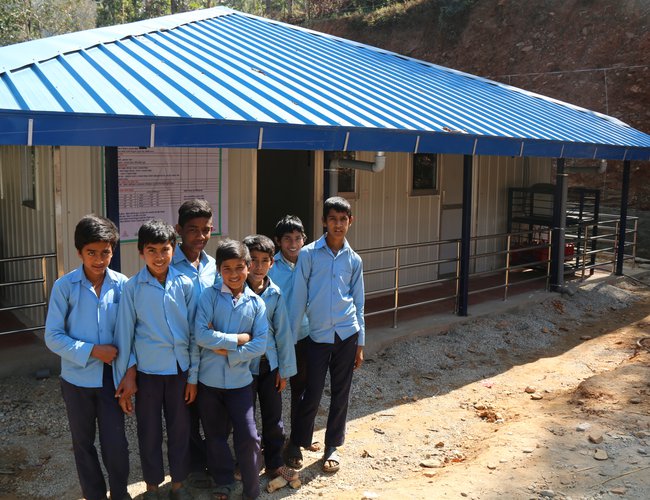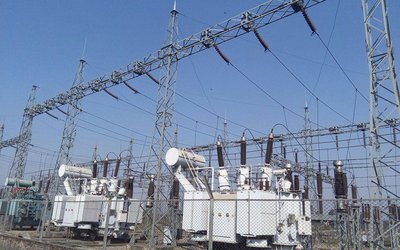
It is a very basic imperative that all the children who go to schoo must have access to safe and a healthy education environment which is free from discrimination and abuse. This is of importance especially to children with various kinds of disabilities who are very vulnerable and also indisposed to a huge risk of being discriminated, left out, or uncared for.
In Nepal, there are very little accessibility options, for instance infrastructural support or other kinds of support that make it convenient for children with disabilities. A study conducted by Norwegian Federation of Organizations of Disabled People found out that out of the total number of children with disabilities (5-18 years) only 41.3% of all benefit from some sort of educational opportunities. This means that about 60% of the children with disabilities which are largely intellectual, psychosocial, physical, and even multiple disabilities are deprived of the opportunity of even basic education.
Almost all of the parents of children with disabilities were said to have lamented about how their children felt humiliated, ignored and discriminated within and outside the school by friends and sometimes teachers. Also, half of them complained about the kind of difficulties they faced because the environment was not suitable for easy movement and this really hindered their other every day activities, like reaching to class on time. This is noncompliance of the Special Education Policy (1996) which exclusively mentions that the school infrastructure and teaching learning materials should be accessible for ensuring and promoting access to education of children with disabilities. Many children do not attend schools even if they wish to and also drop out at alarming rates owing to the provisions not being implemented.
Resource classes were established in Nepal to provide support in the education of children with disabilities. Many students with different kinds of disabilities are supported in various mainstream schools by such resource classes. These students also benefit from the scholarship provided by the government. However, despite these resource classes, the so called inclusive educational institutions almost never set up the appropriate environment to incorporate children with disabilities, There also do not exist special facilities, like a different evaluation mechanism or make-ups for activities they cannot participate in.
Another major concerning issue is that a lot of parents are clueless about ways of handling children with disabilities. This is also linked directly to people living in communities with extreme poverty who do not know how to go ahead with the proper nurture and care required for the children with extra needs. In schools too, the teachers are inadequately trained. This also does not make up for the lack of attention and care they have been deprived of. The infrastructure including means of transportation and roads, are poorly built and not at all feasible for children with disabilities. These factors induce drop outs along with non-inclusive classrooms and disabled friendly material and assistive device.
There are a lot of provisions made under various legislations in order to protect and promote children with disabilities, for example they are exempted from paying fees up to the higher secondary level. and they have a reservation of five percent of the total seats in government organizations that provide vocational training.
In accordance with the Education Act of 2000, the government is not barred from making special provisions for disabled children. However, we need to keep in mind that there have been provisions that have been made but not implemented from a long time. Countless suggestions have been given by people across the years but have always remained in the pipeline. The mere existence of these provisions have not helped over the years.
The reason these plans have failed and the provisions have not been accepted despite being mandatory and binding is because creating an inclusive community for the disabled requires a lot of resources. The money is scarce, and scarcity of money is a huge hindrance to any form of development. It is very less plausible that a school in a rural village in Nepal will have all resources required for students with disabilities. Rather than going for a lot of big changes, they should probably start with small changes. For example, instead of focusing on greatly designed disabled-friendly buildings, more stress should be laid on acceptability and the feeling of responsibility towards people with disability. Trainings and orientations can be conducted to raise awareness about the kinds of disability and how other people can be of help. . Inclusive curriculum can be designed to ensure everybody is aware and accepting towards people with disability like it is a normal part of people's lives. Lastly, parents and family members, especially belonging to economically and socially backward communities should be able to receive help on the kind of requirements of children with disabilities and how they should be dealt with. Sensitisation could be one small mechanism but it is probably the most essential mechanism to eradicate discrimination against disabled children and to make their lives easier.
- Women Empowerment
- Mar 04, 2019
- Can We Escape The Corset?
- Dec 24, 2018
- Do We Need an International Men’s Day?
- Nov 23, 2018
- MeToo Gained Momentum
- Nov 03, 2018
- Are We Fighting Rape Incorrectly?
- Sep 22, 2018

















